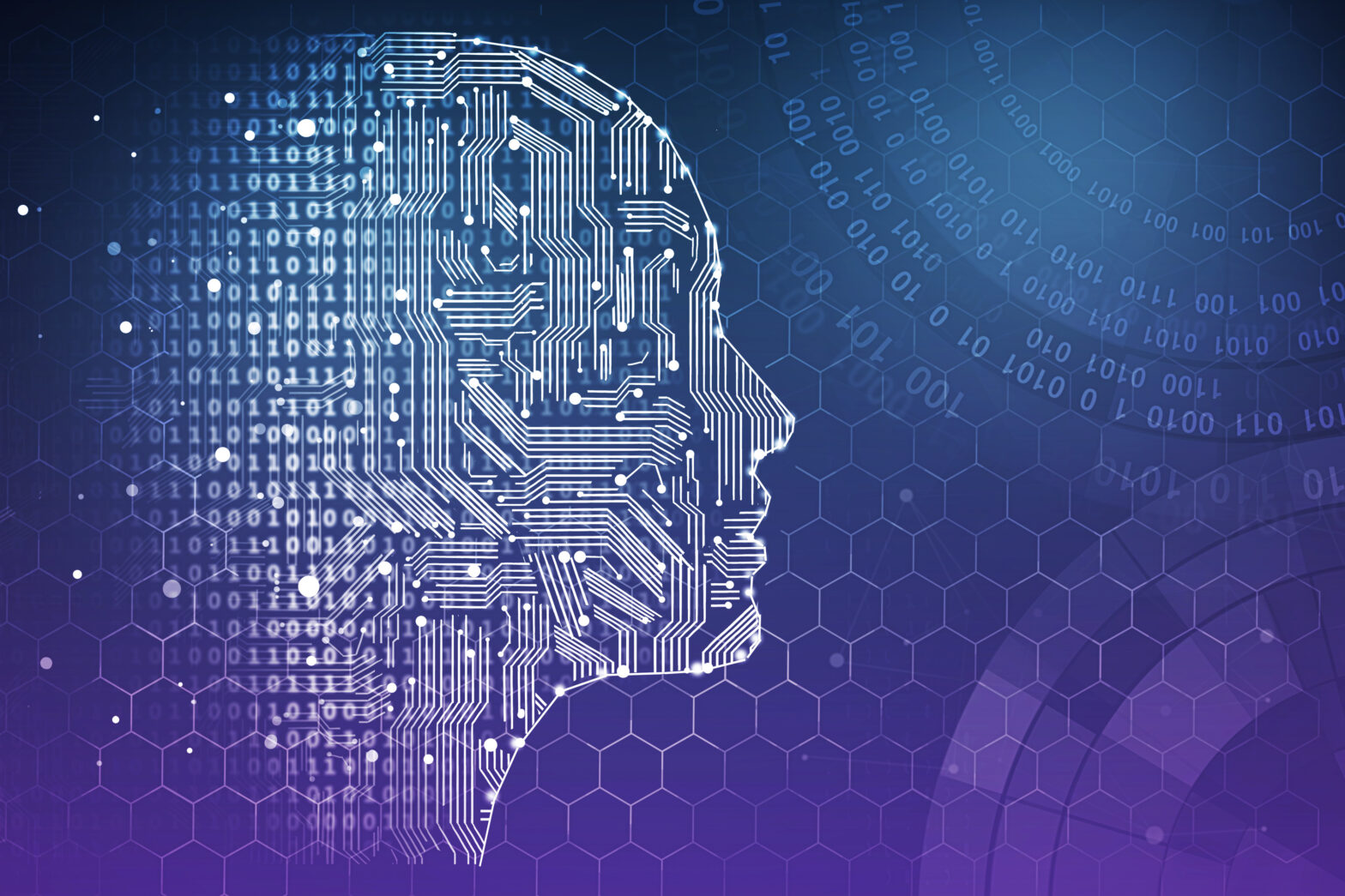These days, being a small business doesn’t mean that you have to think small, thanks to the evolution of cloud-based technology and artificial intelligence. While larger businesses may have the manpower, in a world that moves fast – it’s smaller businesses that remain agile.
However, it can’t happen on its own; small businesses need the best tools to make the most of their intimate knowledge of their customers and to turn scale to their advantage.
By incorporating machine learning and AI into the technology mix, small business owners can solve issues of efficiency, operational costs, and compliance, whilst opening the door for further innovation.
Bringing machine learning into the mix
Machine learning and AI are no longer consigned to the realms of science fiction – neither is it going be the downfall of mankind; quite the contrary. As it happens, machine learning has been around for some time, helping us out with the repetitive, mundane and routine tasks, freeing up time for higher-value opportunities.
It’s also getting savvier when it comes to ‘knowledge-based work” that’s comprised of complex analyses, subtle judgements and creative problem-solving.
Right now, data is dense. It’s getting denser, and dare we say… bigger. In its current form, most business data (such as images, videos, audio, emails, documents and natural language text) is unstructured, making it difficult to properly analyse.
However, machine learning can help us extract the knowledge from the ‘soft’ data, allowing us to derive new insights and therefore, understand our customers better and run our businesses more efficiently. .
Going further: deep learning
Machine learning is just the tip of the iceberg when it comes to how AI can function, learn and transform our loves. A fascinating subfield of machine learning is ‘deep learning’, which is inspired by one of the greatest data processing systems in the universe – the human brain.
By imitating the neural networks of our minds with algorithms, deep learning’s ‘time-to-solution’ and accuracy becomes superior to traditional machine learning and has helped to solve ‘big data’ problems like computer vision, speech recognition, and natural language processing.
The why of AI
So, we know that AI can be smart, but what are the concrete benefits? Well, for one, platform-based machine learning solutions require minimal IT support with managed, scalable and intelligent web services. This means that companies can develop better costing solutions that are tailored to their individual needs.
For example, machine learning could allow a company to search images in the same way we can search text, giving them a similarity score based on certain criteria.
This has many potential benefits: a retailer could massively simplify the process by which a customer browses their online catalogue; a service technician could identify broken components or products simply by taking a picture and matching it to a pre-existing model.
Equally, machine learning could analyse natural language on social media to evaluate whether a company is being discussed in positive or negative terms, giving tangible metrics for brand analysis.
Why it’s all happening now
The good news is that processing power and storage are more affordable than ever – letting the little fish swim in the same waters as the biggest out there. Cloud-based machine learning solutions can be easily accessed without investing directly in all the necessary infrastructure.
Increased affordability and big data’s ability to identify greater pools of information for analysis (from a wider range of sources) has enabled rapid advancements in machine learning.
The best part about machine learning is that it can be seamlessly integrated with a number of emerging trends and technologies – such as the IoT, broad digitalisation, and automation – to create a virtuous cycle of increased productivity, opening up exciting possibilities by combining trends to create powerful drivers of innovation.
How far can it take us?
Machine learning gives the potential for intelligent machines to recognise our voices through repetition, adapting and adjusting in a similar way to humans. Conversational applications are already beginning to learn from talking to humans.
Chatbot conversations will be parsed to improve human-machine interaction as feedback is added to an increasing pool of data. At SAP we estimate a point in the not-so-distant future when machine-based neural networks will be able to understand a billion pieces of data in seconds.
Machine learning will likely drive radical change to the way we do business. In theory, machines can become as intelligent as we want them to be. The potential is huge – and we are still just scratching the surface of it all. Will the machines take over one day and enslave the human race? Probably not. Will they change the world? Yes.
Ian Wahlers is vice president general business and channels at SAP





